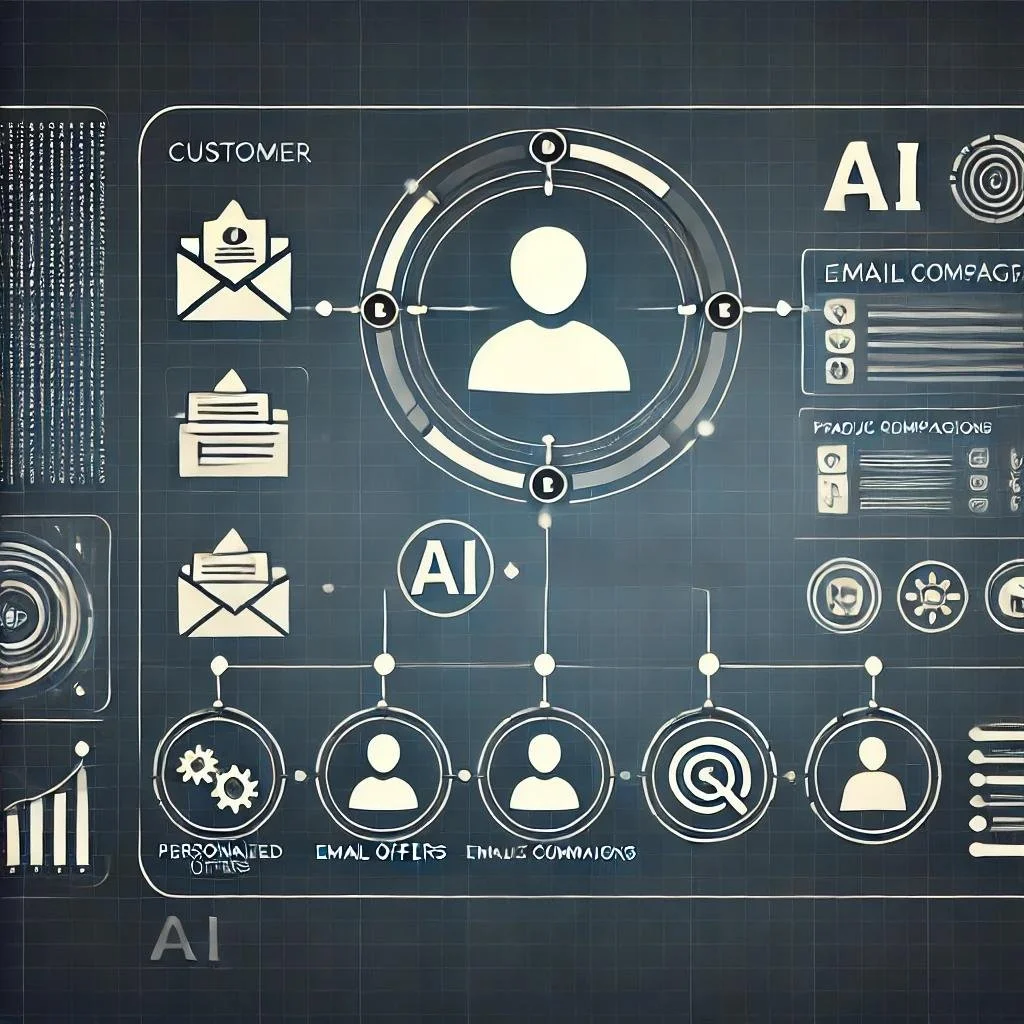Personalization with AI/ML: Crafting Tailor-Made Experiences at Scale
In the age of instant gratification, customers expect brands to know them as well as their favorite barista knows their coffee order. Fortunately, Artificial Intelligence (AI) and Machine Learning (ML) are here to save marketers from the daunting task of deciphering these preferences one by one. Let’s explore how AI/ML can revolutionize segmentation and personalization, ensuring every customer feels like the star of the show.
What is Personalization, Really?
At its core, personalization is about delivering the right message to the right person at the right time. Whether it’s a Netflix recommendation that feels eerily spot-on or a retail email featuring products you didn’t realize you needed, personalization is the magic that makes customers think, “Wow, they really get me.”
But behind this magic lies an intricate web of data, algorithms, and AI-powered insights. While traditional personalization relied on demographic basics, AI/ML digs deeper, uncovering patterns and preferences that aren’t immediately obvious.
The Power of AI in Customer Segmentation
Segmentation is the foundation of effective personalization. Before you can deliver a tailor-made experience, you need to group customers based on shared characteristics. Here’s where AI flexes its analytical muscles:
1. Behavioral Segmentation
AI can analyze clickstreams, purchase histories, and app usage patterns to identify behavioral trends. For example, some customers may exhibit “last-minute shopper” tendencies, while others might be “research-first, buy-later” types. AI segments these behaviors without breaking a sweat—unlike your team trying to do it manually.
2. Predictive Segmentation
What’s better than knowing who your customers are? Knowing who they’re likely to become. Predictive algorithms can analyze historical data to forecast future behaviors, such as which users are most likely to convert, churn, or become repeat buyers. It’s like having a crystal ball for customer insights—minus the questionable mysticism.
3. Dynamic Segmentation
Unlike static segments, which remain fixed, AI enables dynamic segmentation that evolves with customer behavior. If a customer who was once “coupon-dependent” suddenly becomes a “loyal full-price shopper,” dynamic segmentation ensures your marketing stays relevant.
Personalization: From Insights to Action
Once AI has segmented your audience, the next step is crafting personalized experiences. Here’s how AI takes the reins:
1. Content Personalization
AI-powered algorithms can match the right content to individual preferences. For instance, if a customer frequently browses sportswear, your website might display workout gear front and center. Personalization extends to email campaigns, product recommendations, and even app interfaces.
2. Timing Optimization
Ever sent a marketing email at 8:00 AM only to realize your target audience are night owls? AI can analyze engagement data to determine the best times to reach customers, ensuring your message lands when they’re most receptive.
3. Journey Personalization
AI enables brands to personalize the customer journey from start to finish. A new user might receive educational content, while a returning customer sees a loyalty discount. Each touchpoint feels intentional and tailored.
4. Dynamic Pricing and Offers
AI can identify customers who are price-sensitive and those who value convenience over cost. By analyzing purchase history and browsing behavior, AI enables dynamic pricing strategies and personalized discounts that maximize conversions.
Challenges and Considerations
As with any technology, AI-driven personalization isn’t without its challenges:
1. Data Privacy
Customers want personalized experiences but don’t want to feel like they’re being stalked. Striking the right balance between personalization and privacy is crucial. Transparency and opt-in options go a long way in building trust.
2. Data Quality
AI is only as good as the data it’s trained on. Inaccurate, incomplete, or outdated data can lead to personalization missteps (e.g., recommending snow boots to someone living in Miami).
3. Implementation Costs
While AI tools are becoming more accessible, implementing sophisticated personalization strategies may require significant investment. Start small and scale as you see ROI.
The Future of Personalization
AI and ML are continuously evolving, and the future promises even more advanced personalization capabilities. Imagine virtual shopping assistants that tailor recommendations in real time or AI models that anticipate needs customers haven’t even realized yet. (Yes, it’s a bit spooky, but also thrilling.)
By leveraging AI/ML for segmentation and personalization, brands can foster deeper connections with their audiences, driving loyalty, engagement, and revenue. So, marketers, embrace the power of AI and let it work its magic. After all, nothing delights a customer more than feeling truly seen—except maybe a coupon for 50% off.

